39 nerve cell with labels
Central nervous system - Wikipedia The central nervous system (CNS) is the part of the nervous system consisting primarily of the brain and spinal cord.The CNS is so named because the brain integrates the received information and coordinates and influences the activity of all parts of the bodies of bilaterally symmetric and triploblastic animals—that is, all multicellular animals except sponges and diploblasts. Spinal cord injury - Wikipedia A dermatome is an area of the skin that sends sensory messages to a specific spinal nerve (right). Spinal nerves exit the spinal cord between each pair of vertebrae. Spinal cord injury can be traumatic or nontraumatic, [4] and can be classified into three types based on cause: mechanical forces, toxic, and ischemic (from lack of blood flow). [5]
Health News | Latest Medical, Nutrition, Fitness News - ABC ... Oct 06, 2022 · Get the latest health news, diet & fitness information, medical research, health care trends and health issues that affect you and your family on ABCNews.com

Nerve cell with labels
Entertainment & Arts - Los Angeles Times L.A. Times entertainment news from Hollywood including event coverage, celebrity gossip and deals. Magnesium - Health Professional Fact Sheet - Magnesium deficiency It contributes to the structural development of bone and is required for the synthesis of DNA, RNA, and the antioxidant glutathione. Magnesium also plays a role in the active transport of calcium and potassium ions across cell membranes, a process that is important to nerve impulse conduction, muscle contraction, and normal heart rhythm . Vitamin E - Consumer - National Institutes of Health Vitamin E from natural sources is commonly listed as "d-alpha-tocopherol" on food packaging and supplement labels. Synthetic (laboratory-made) vitamin E is commonly listed as "dl-alpha-tocopherol." The natural form is more potent; 1 mg vitamin E = 1 mg d-alpha-tocopherol (natural vitamin E) = 2 mg dl-alpha-tocopherol (synthetic vitamin E).
Nerve cell with labels. Nutrient - Wikipedia An essential amino acid is an amino acid that is required by an organism but cannot be synthesized de novo by it, and therefore must be supplied in its diet. Out of the twenty standard protein-producing amino acids, nine cannot be endogenously synthesized by humans: phenylalanine, valine, threonine, tryptophan, methionine, leucine, isoleucine, lysine, and histidine. Vitamin E - Consumer - National Institutes of Health Vitamin E from natural sources is commonly listed as "d-alpha-tocopherol" on food packaging and supplement labels. Synthetic (laboratory-made) vitamin E is commonly listed as "dl-alpha-tocopherol." The natural form is more potent; 1 mg vitamin E = 1 mg d-alpha-tocopherol (natural vitamin E) = 2 mg dl-alpha-tocopherol (synthetic vitamin E). Magnesium - Health Professional Fact Sheet - Magnesium deficiency It contributes to the structural development of bone and is required for the synthesis of DNA, RNA, and the antioxidant glutathione. Magnesium also plays a role in the active transport of calcium and potassium ions across cell membranes, a process that is important to nerve impulse conduction, muscle contraction, and normal heart rhythm . Entertainment & Arts - Los Angeles Times L.A. Times entertainment news from Hollywood including event coverage, celebrity gossip and deals.
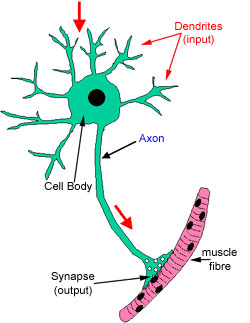



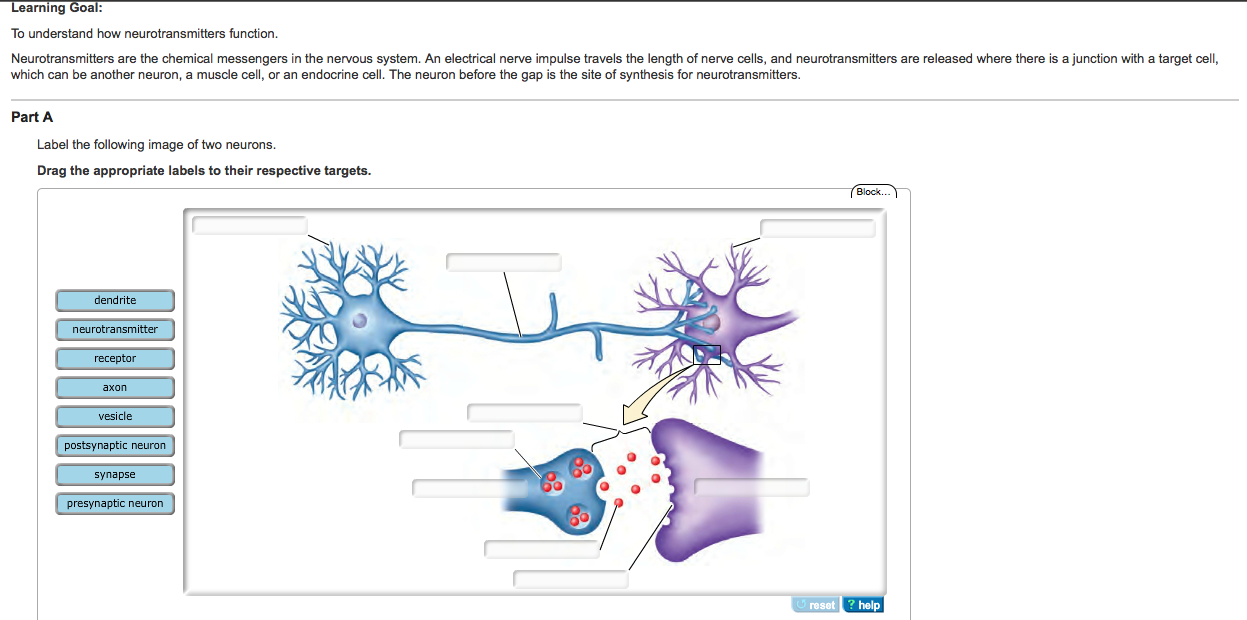

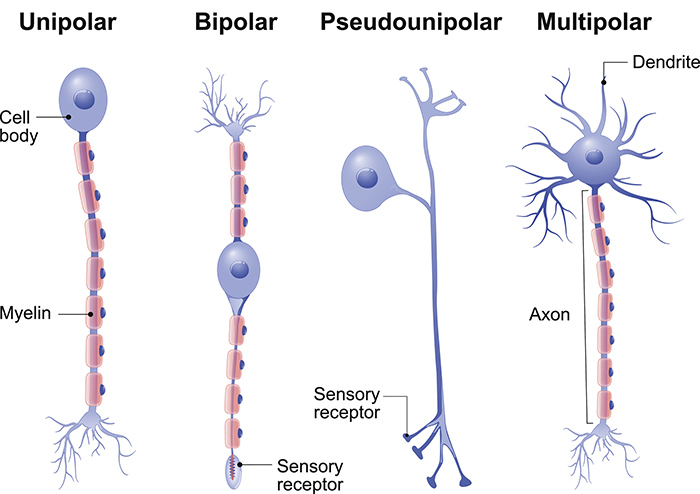





/purkinje_neuron-599da56d396e5a0011a0d344.jpg)

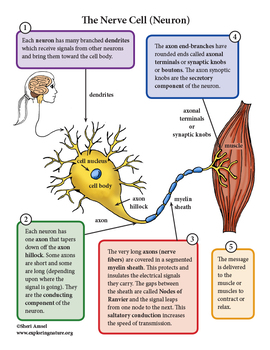




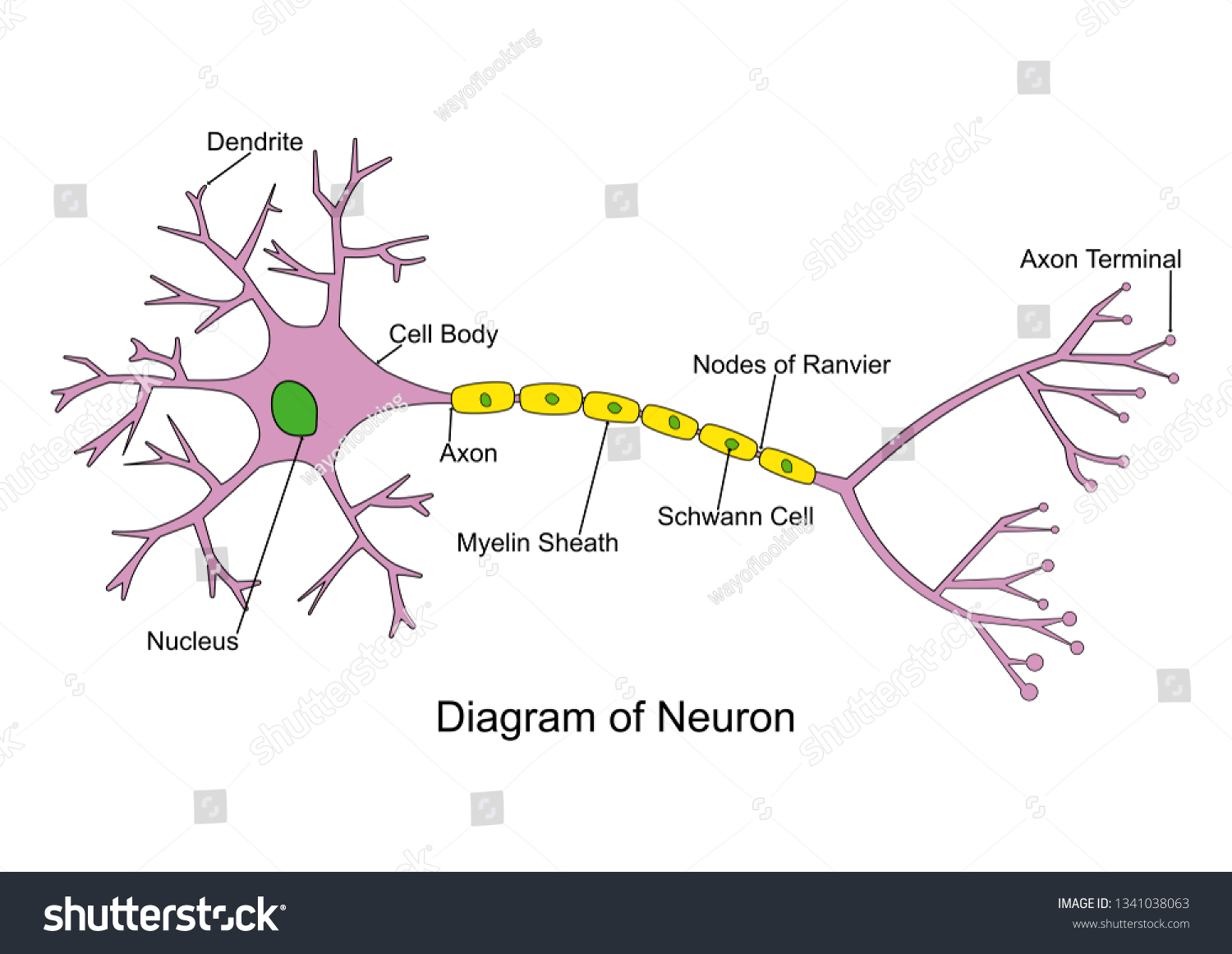
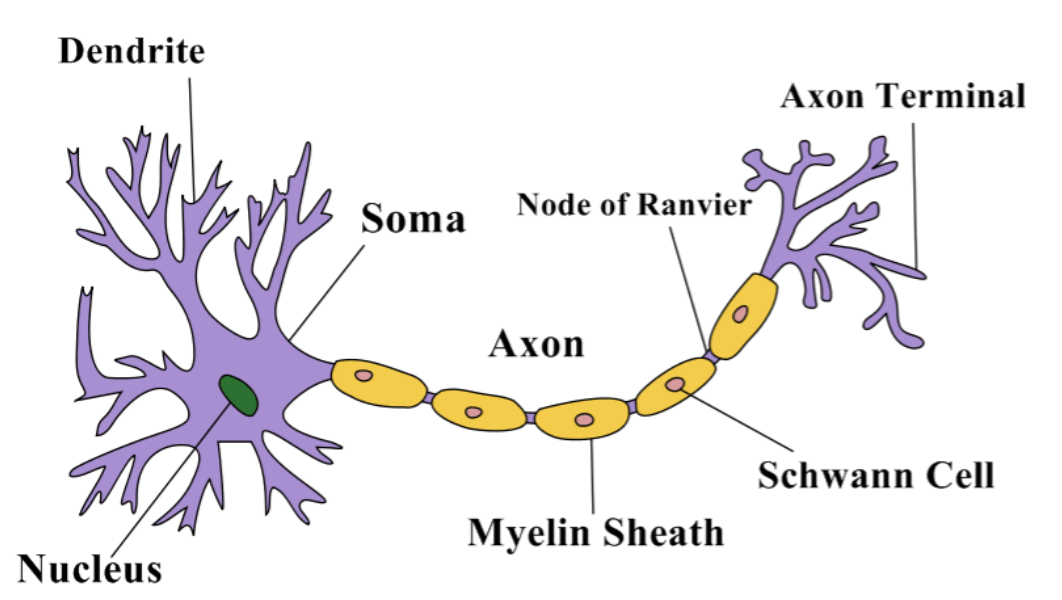



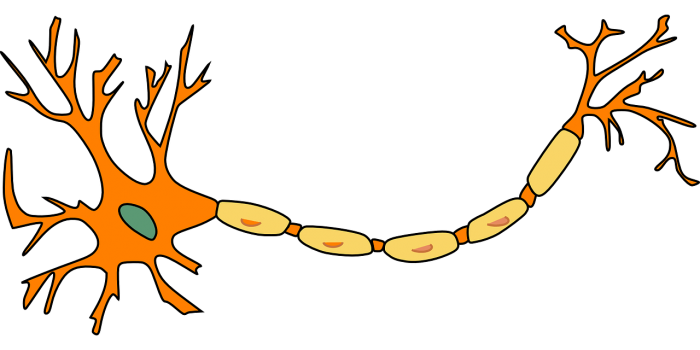

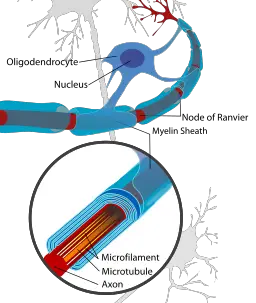
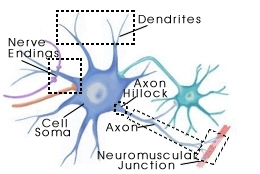
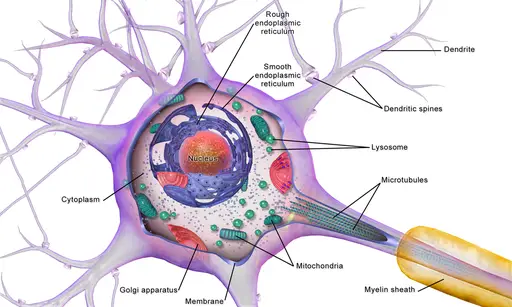





Post a Comment for "39 nerve cell with labels"